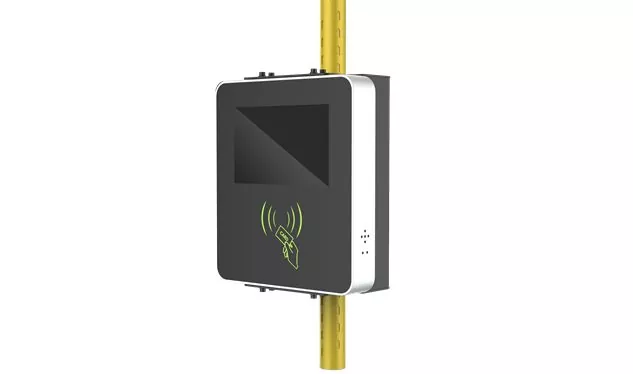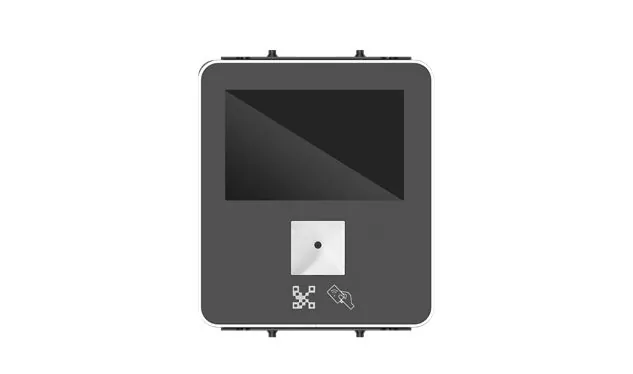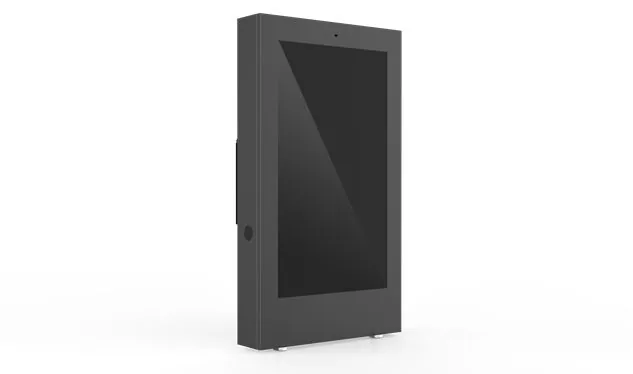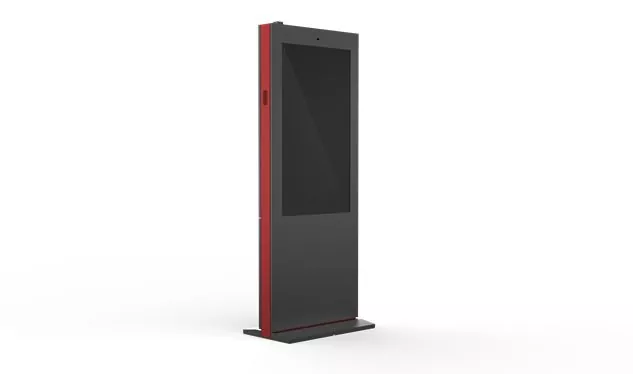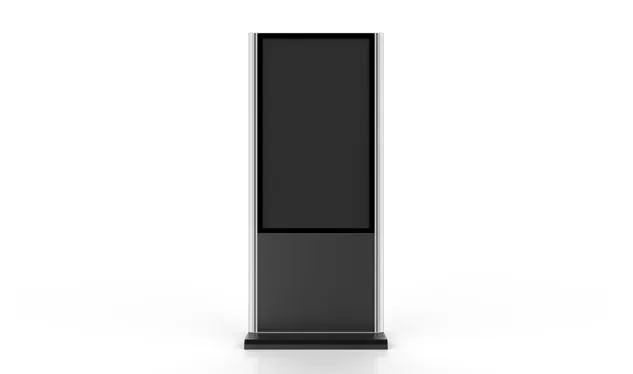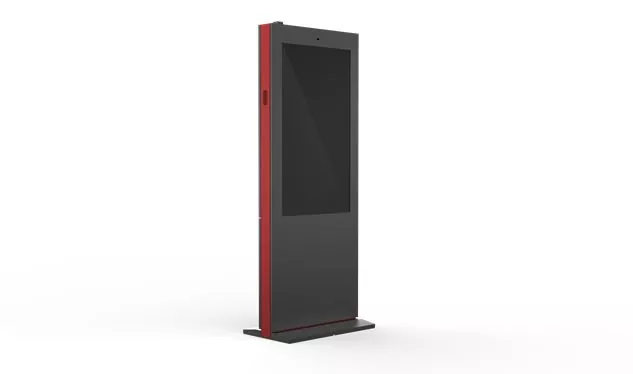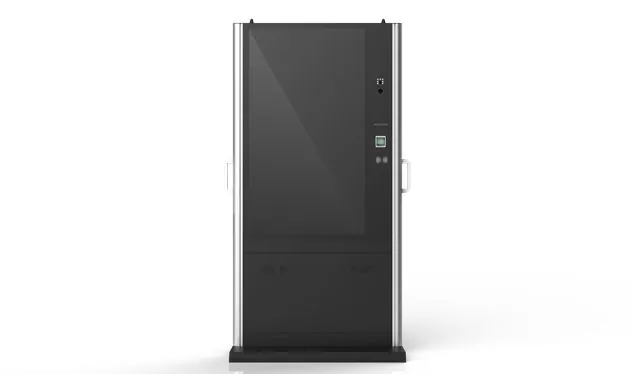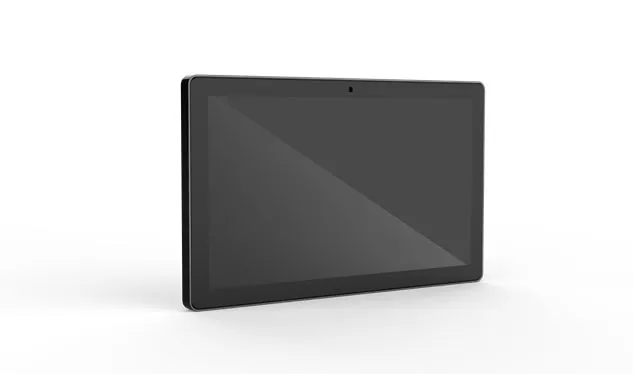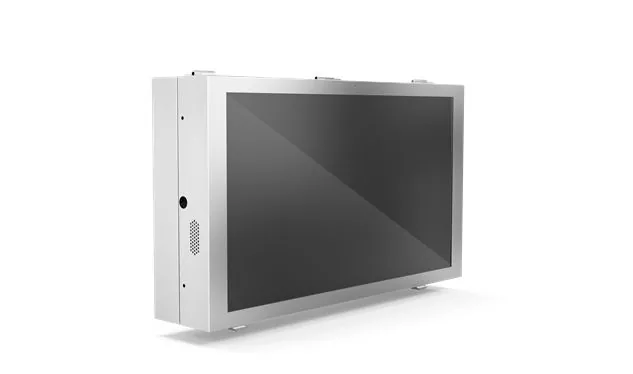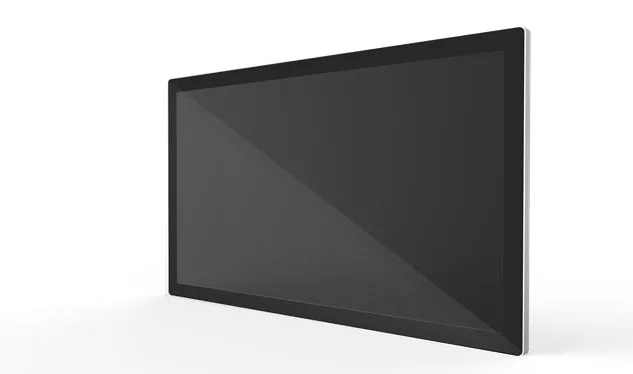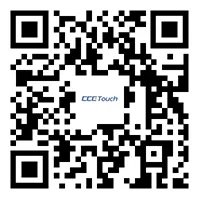Indoor Information Kiosk
An indoor information kiosk is an interactive, self-service terminal designed to provide users with easy access to information, services, and digital content in various indoor environments. These kiosks are commonly found in locations such as shopping malls, airports, corporate offices, museums, and hospitals, serving as a convenient point of access for a wide range of information and services.
Send Inquiry
Indoor information kiosks are standalone devices equipped with a touchscreen interface, allowing users to navigate through menus and access specific information or services. These kiosks are designed to enhance user experience by providing quick, interactive, and user-friendly access to information.
Key Features:
1. Design and Build:
● Enclosure: Typically designed with a sleek, modern appearance to blend seamlessly with indoor environments. The enclosure is often made from durable materials such as metal or high-quality plastic.
● Form Factor: Available in various configurations, including freestanding, wall-mounted, and countertop models, to suit different spaces and usage scenarios.
2. Touchscreen Interface:
● Responsive Touchscreen: Usually equipped with capacitive touchscreens for a smooth and intuitive user experience. Multi-touch capability is often included for enhanced interactivity.
● User-Friendly Interface: The interface is designed to be intuitive, with clear icons, easy navigation, and interactive elements that guide users through the available options.
3. Display Quality:
● High-Resolution Display: Features high-resolution screens to ensure that text, images, and videos are sharp and easily readable.
● Adjustable Brightness: The display brightness can be adjusted to accommodate various indoor lighting conditions, ensuring visibility in different environments.
4. Connectivity and Integration:
● Network Connectivity: Equipped with Wi-Fi, Ethernet, and sometimes Bluetooth, allowing the kiosk to connect to the internet or local networks for real-time data access and updates.
● Integration with Backend Systems: Can be integrated with various backend systems, such as databases, content management systems (CMS), or customer relationship management (CRM) platforms, to provide up-to-date information and personalized services.
5. Customization and Content Management:
● Customizable Content: The kiosk content can be customized to display specific information relevant to the location, such as wayfinding maps, product catalogs, or service directories.
● Remote Content Management: Often includes software that allows for remote management and updating of the content displayed on the kiosks.
6. Security and Privacy:
● Secure Enclosure: Designed with security features to prevent tampering or unauthorized access to internal components.
● Privacy Features: May include privacy screens or options for secure data entry, particularly in applications that involve sensitive information, such as payment processing or personal data entry.
7. Additional Features:
● Peripherals: Can be equipped with additional peripherals such as printers, barcode scanners, card readers, or cameras, depending on the application.
● Accessibility Options: Often includes features like adjustable height, voice commands, or screen readers to accommodate users with disabilities.
Applications:
· Retail: Used for product information, price checking, or promotional displays in stores and shopping malls.
· Transportation: Found in airports, train stations, or bus terminals for flight/train schedules, ticket purchasing, and wayfinding.
· Corporate: Employed in office buildings for visitor check-in, employee directories, or meeting room scheduling.
· Healthcare: Used in hospitals or clinics for patient check-in, appointment scheduling, and wayfinding.
· Education: Installed in universities or libraries to provide campus maps, event information, or access to digital resources.
Indoor information kiosks offer a combination of interactive technology, ease of use, and versatility, making them valuable tools for improving customer service, enhancing user experience, and streamlining operations across various industries.



